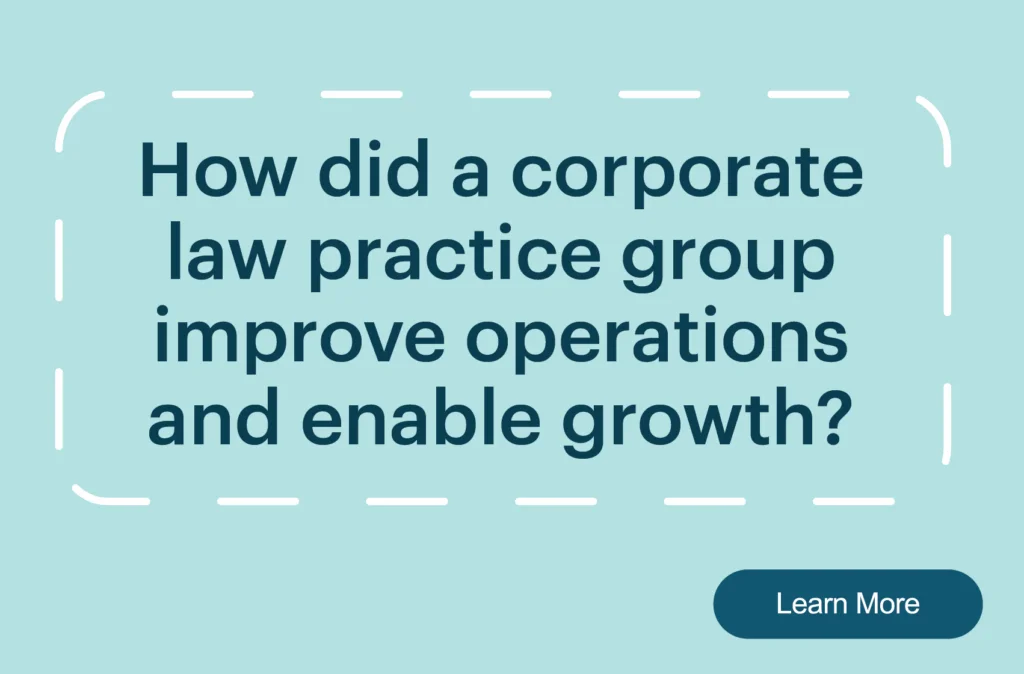We set out on the journey to build Workstorm after a series of “Ah-ha!” moments, beginning in 2016. Through each of these moments, we established the four pillars that make up our product development philosophy. These pillars inspired us to createWorkstorm, guide us as we continue to build new functionality, and give purpose and meaning to the products we design.
Pillar #1: Connecting you to important people and data, efficiently and effectively, so you can make critical decisions faster.
Prior to creating Workstorm, our founder and I worked in electronic trading and witnessed all the back-and-forth communication of the high speed, high stakes trading environment. Shouting across the trading floor, phones ringing, loudspeakers blaring, emails flying – a myriad of data and information exchanged from person-to-person, computer-to-computer that all needed to be gathered, analyzed, acted upon, and kept completely confidential. All of this in just one day of trading. Even worse, the data and people involved were dispersed across geographies, individual emails, phone calls, and file repositories. There had to be a better way to connect both systems (data and people) to produce the best outcome (a successful, high stakes trade) more efficiently.
Fast forward to today. The secure messaging, video conference and file sharing features within Workstorm are already addressing many of these challenges. Next on the roadmap was creating real-time access to other data platforms and systems using webhooks. Earlier this year, we launched document management systems (DMS) integrations, such as iManage, that enable users to tap into data saved within other software systems, all without leaving the platform.
Pillar #2: Security is the foundation upon which everything else is built.
In the financial industry, security was table stakes. If a technology wasn’t secure, it wasn’t useful. Other industries including legal, healthcare, real estate, consulting and many more face similar security and confidentiality requirements that restrict their ability to rapidly evolve and adapt to the changing technology landscape. We realized financial technology, or fin-tech, was not the only industry primed for change and that advancing across all industries would help build a more efficient working society.
Our first step in building Workstorm was setting up our security protocols and SOC II. We committed from the very beginning that your data is your data, it will never be scrubbed and sold, as is the case of all too many popular platforms on the market today. We went beyond this commitment to offer our customers flexible hosting and deployment options, including on-premise and private cloud, to comply with the unique security and confidentiality protocols of many professional services firms that have been unable to adopt collaboration software until now. Additional levels of compliance monitoring are also available in our Administrator features, enabling compliance personnel to monitor flagged behaviors and restrict access based on user credentials.
Pillar #3: Collaboration isn’t one-size-fits all.
In building out the product roadmap for Workstorm, we quickly realized that priority features are not the same for every user. Many of the collaboration platforms out there today are designed for creative teams and software developers, not for client services or business professionals. For example, one group of users prioritizes chat functionality, while the other prioritizes email for more formal communication. Some prioritize flexibility and speed, while others prioritize security and protocols. We soon realized true collaboration required customization according to the needs of different roles.
That’s why we built Workstorm to be simple, yet fully customizable. We launched email integration alongside messaging in 2018, so users can easily toggle between both and connect with colleagues and clients who are slower to adopt new technology. In mid-2019, we’re launching an integration with Relatively, an eDiscovery software that enables legal professionals to manage litigation and investigations, all while within Workstorm. We believe this level of customization, down to industry-specific needs, will enable collaboration software to work for the individual and the broader public.
Pillar #4: Effortless organization saves time and delivers value.
Data is complex and continues to grow, day after day, email after email, file after file. Harnessing this data in secure and useful ways is one of the greatest challenges we face in the digital era. That’s why we decided to allow unlimited messages, to build archiving and search, and to support file storage that can scale to meet the needs of any global organization. But we didn’t stop there. The Workspaces feature was built to organize conversations around particular projects or clients to eliminate wasted time switching gears and toggling in and out of email chains and message channels.
Next on our organization product roadmap is a time tracking integration, set to release in 2019. Imagine the time savings and value added if client service time could be “smart” logged based on your daily digital activity. Instead of hours spent organizing and manually logging time every week, this task could be reduced to a few minutes of final review and confirmation of the automated log. A portion of the time saved tracking hours could be reallocated to analyzing productivity levels on a weekly or monthly basis, helping you identify time management opportunities, tasks to delegate and ways to be more efficient each day.
With these four pillars in mind, we see endless opportunity on the horizon and have set our product development course accordingly. Every new feature or upgrade we develop is prioritized based on its alignment to these pillars. Our core belief is that technology should enable people to bring greater value to our work and our society. It should never bog us down or make it more difficult to do the work we were meant to do. Together we can build a better future.



